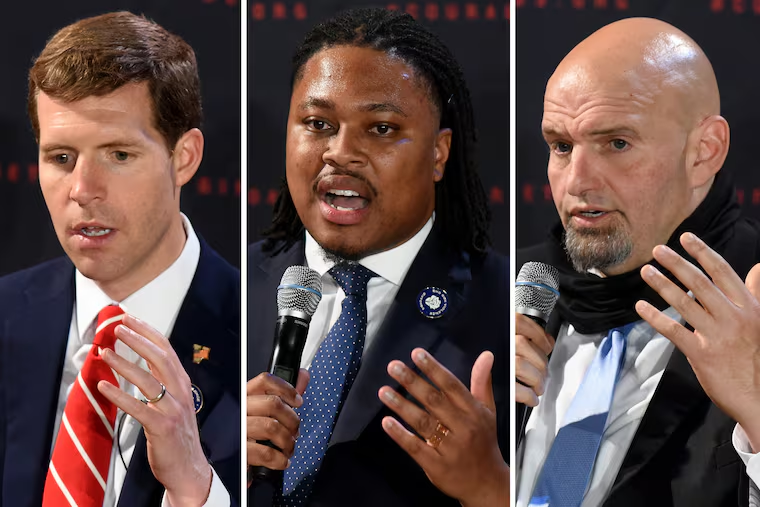John Fetterman still has a huge cash advantage in the Pa. Senate race, even after Conor Lamb’s best quarter
Fetterman’s financial edge is a huge obstacle to rivals trying to catch him in the final month of Pennsylvania's Democratic Senate primary.

Fetterman’s financial edge is a huge obstacle to rivals trying to catch him in the final month of Pennsylvania's Democratic Senate primary.
